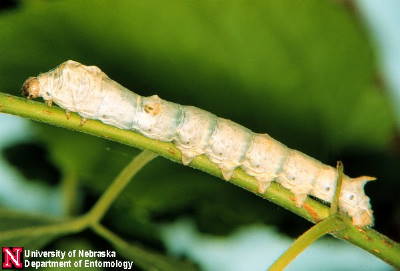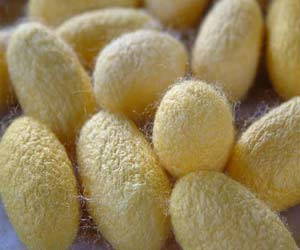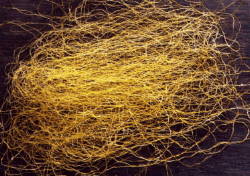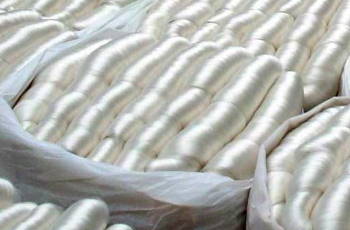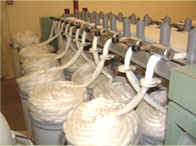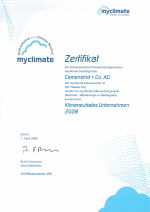
| |||||||
 
|
From the silkworm to the silk thread Silk is often praised, and justifiably so, as the queen of all textile fibers and a natural wonder. No other clothing raw material has so many fine qualities. Silk is elegant, fine, precious and smooth. Silk fabrics create that pleasant coziness that makes people feel good; properties that also optimally fulfill the highest clothing demands of our bodies. No other textile fiber combines fashionable elegance and noblesse with extraordinary wearing comfort so fully. The country were silk originated is China, where the precious Bombyx mori has been living for the last 5000 years or so. The Chinese guarded the art of silk manufacturing for 3000 years like a state secret. It was prohibited and punishable by death to smuggle cocoons and eggs out of the country. Thus, for many centuries, silk fabrics could only be found in China. Around 200 BC, silkworm breeding reached Korea, Japan, India and Persia. Finally, in the 4th century, silk reached Central Asia. In 552, it was first transported in caravans along the Silk Road to Constantinople, which for many centuries was the biggest and most important silk market. Around the 9th century, the secrets of silkworm breeding reached Sicily and Spain through the Arabs, and it was approximately in the year 1400 when extensive mulberry plantations were started in Lombardy. Silkworm breeding reached its climax in Italy in the 19th century. From Lombardy, the silk trade expanded via the St. Gotthard pass until it reached Lake Lucerne as well, where silk waste was processed for the first time in Gersau in 1730.
Credit for picture to: Department of Entomology, University of Nebraska-Lincoln
The Formation of the Cocoon The mulberry silkworm, also known as Bombyx mori or Chinese Silkworm, belongs to the family of the scaly moths. In early summer, the moth hatches from the cocoon. The female lays 400 pin-sized eggs. Inside, the larvae develop for 12 days, after which the small, 3-mm-long silkworms emerge. They are given mulberry leaves, which they greedily devour. After shedding their skin four times, the fully-grown silkworms reach a length of 9 cm and a weight of 4 grams. After 33 days, each silkworm starts spinning a cocoon around itself. From its spinning gland, it secretes a thin silk thread (fibroin). Then the silkworm produces silk glue (sericin) to attach the cocoon to a surface. This process, in which the silkworm secretes an approx. 3000-m-long fine silk thread to spin a cocoon around itself, takes 3 days and 3 nights. Depending on the particular breed and cultivation methods, a cocoon can weigh between 1.5 to 2.5 grams.
Raw silk (reeled silk) If the cocoons are not used for reproductive purposes, but instead for the production of raw silk, the moth must be prevented from emerging out of the cocoon because broken cocoons cannot be reeled off (unwound) any longer. Before the reeling off can begin, the cocoons must first be softened in hot water. Brushes are used to remove the outermost end of the thread. About one-third of the 3000-m-long thread can be used for raw silk production. In order to obtain 1 kg of raw silk, during the reeling off process seven to eight cocoon threads are united to raw silk yarn. To obtain 1 kg of raw silk, 5 to 10 kg of cocoons are needed.
Spun silk The superb characteristics of the silk thread means that all the scraps of material used in the production and processing of raw silk are collected so they can be processed further as spun silk. Examples of spun silk are: defective cocoons or those from which the moth hatched, also the inner and outer cocoon layers and all waste resulting from the reeling off and processing of raw silk.
Silk-combed sliver First, the scraps are boiled (scoured). In a large vat filled with hot soapsuds at more than 90 degrees, the silk glue (sericin) is removed almost entirely. When this occurs, up to 40% of the weight is lost. What remains is a white-shimmering, fine and soft fibrous material, which is processed to spin-ready combed sliver by drying, beating, opening and combing.
. | ||||||
|
Camenzind is Oekotex class I and My Climate certified please click on above thumbnail for bigger picture
| |||||||
![]()
| Be notified of page updates |
wwwswicofilcom2015


